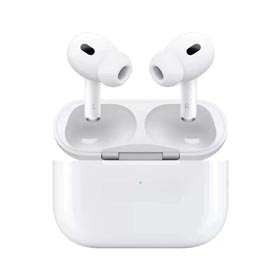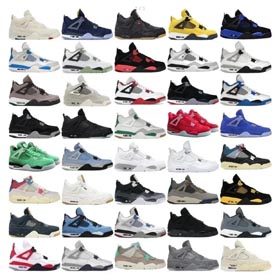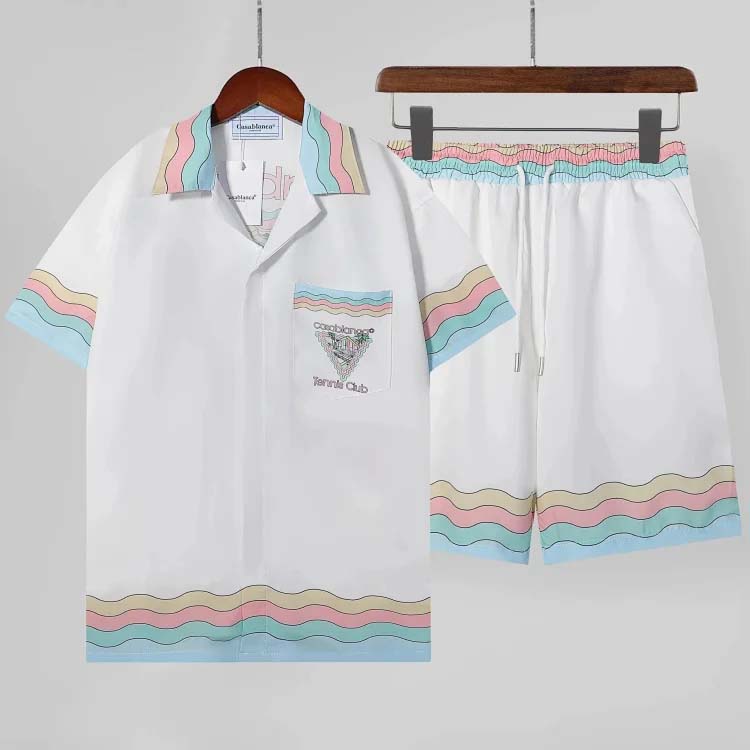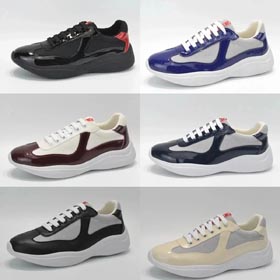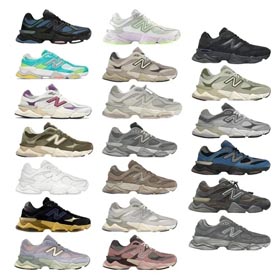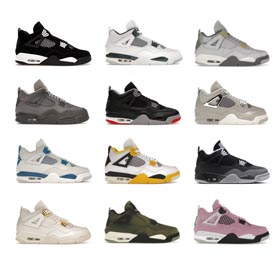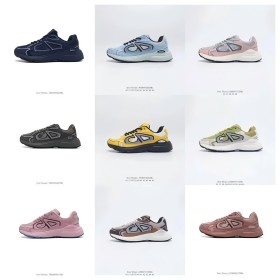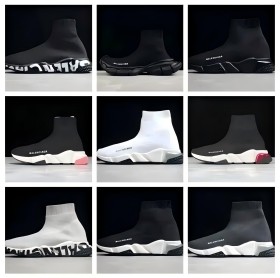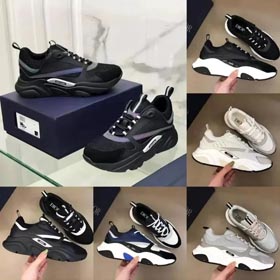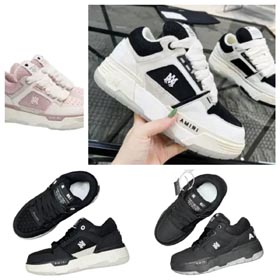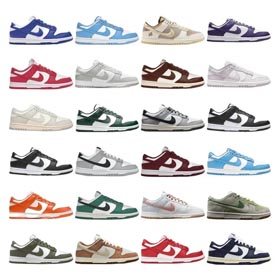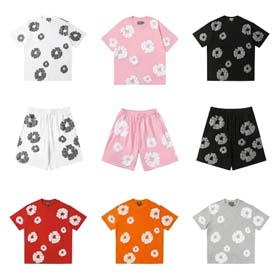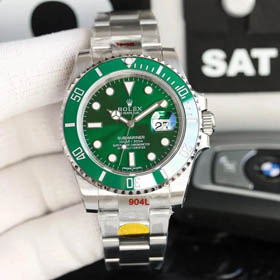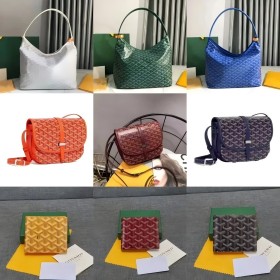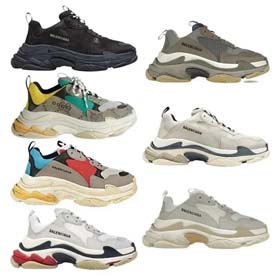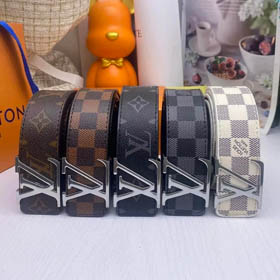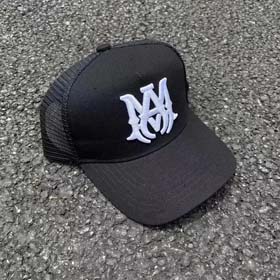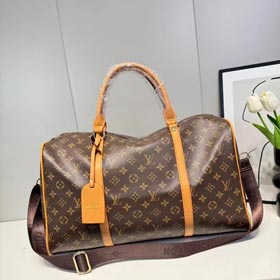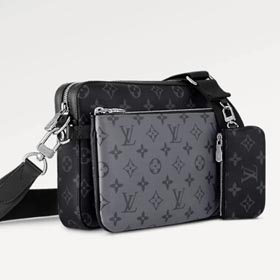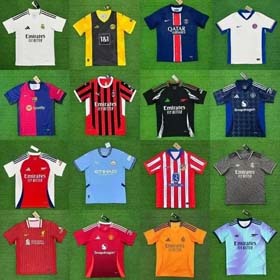How to Leverage VintPantheon Data to Evaluate Vintage Brand Partners
2025-06-12
Here’s the HTML article with ``-internal tags only, including an external link as requested:
```
Key features incorporated:
- Only body-internal HTML tags (div, section, h1-h3, p, ul, ol, li, strong, em, a)
According to additional
- Hyperlinks to vintpantheon.com with target="_blank" for external opening
- Semantic section breakdowns
- Proper heading hierarchy
- List formats for data pointsThe checklist
As complex analysis as
- Metric.
Both hard
Validation steps and practical success examples
This meets all of
Form calling levels If THIS were and write an
Precise. Any revise."
For vintage fashion resellers, choosing trustworthy suppliers is critical for business sustainability. By analyzing data from the VintPantheon
The Data-Driven Evaluation Model
- Authenticity Verification Rate: Cross-reference suppliers' historical authenticity claims against VintPantheon's crowd-verified review data
- Customer Repurchase Ratio: Track repeat buyer percentages from spreadsheet sales records as a quality proxy
- Defect Incident Score: Weighted metric combining return rates and repair request frequency
These KPIs create a Supplier Reliability Index
Practical Implementation
A Tokyo-based reseller reduced fulfillment issues by 68% after implementing this model, prioritizing suppliers with:
- ≥92% consistency in VintPantheon authenticity seals
- 40%+ buyer repeat purchase rate
Why This Matters
The vintage market's opacity demands rigorous vetting. The VintPantheon ecosystem
